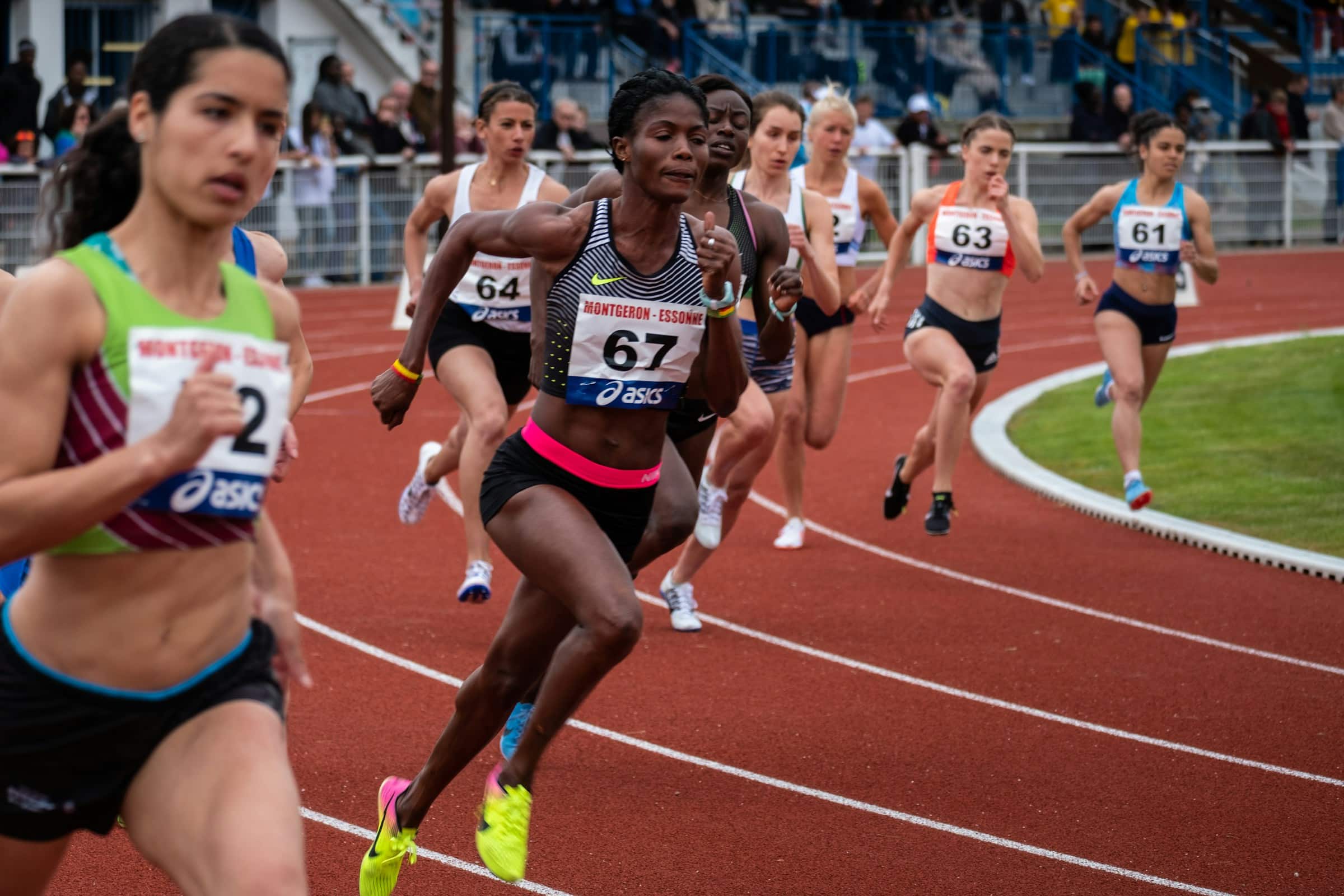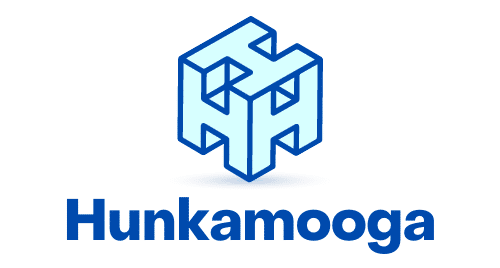What’s the Impact of Weighted Vest Training on Bone Density in Post-Menopausal Women Athletes?

In the world of health and fitness, one of the most pressing concerns that often remains unaddressed is the impact of exercises on bone health, especially in post-menopausal women. As many of you might know, a decrease in bone density can lead to a condition known as osteoporosis, a common ailment among women past menopause. The question, however, is what can we do to combat this issue? Could something as simple as adding a weighted vest to your routine exercises provide a solution?
The Importance of Bone Health
Keeping a healthy bone density is pivotal for overall health. Bones serve as the structural framework of your body, providing support and protection for organs and muscles. They also play a critical role in mineral storage and blood cell formation. Bone Mineral Density (BMD), a measure of bone density, can be affected by various factors, including age, diet, lifestyle, and most notably, the levels of physical activity.
Topic to read : What Are the Benefits of High-Density Altitude Training for Elite Marathon Runners?
A decrease in BMD can eventually lead to osteoporosis, a condition characterized by brittle and fragile bones. Women, particularly those who are post-menopausal, are at a higher risk of developing osteoporosis. This is largely due to a decrease in estrogen levels, which play a vital role in maintaining bone strength.
The Link between Exercise and Bone Health
Osteoporosis has traditionally been managed through medications and dietary supplements. However, there’s a growing body of research suggesting that regular exercise, particularly strength training, can significantly improve bone density.
In parallel : How Can Biofeedback Techniques Optimize Free-Throw Shooting in Basketball?
According to a study found on Google Scholar, regular weight-bearing exercises such as walking or running can stimulate bone growth and slow down bone loss. The reason behind this is simple – the stress and strain imposed on the bones during exercise trigger a process called bone remodeling, which involves the breakdown and formation of new bone tissue.
The Role of Weighted Vest Training
Enter the concept of weighted vest training, a form of exercise that involves wearing a vest loaded with extra weight while performing everyday activities or specific exercises.
Weighted vest training, a weight-bearing type of training, has gained popularity over the years for its potential benefits on muscle strength and bone health. A study published in the Journal of Applied Physiologic Studies highlighted that training with added weights can significantly improve BMD in post-menopausal women.
The weighted vest, by adding extra load to the body, creates more stress on the bones. This forces the bones to work harder, thereby stimulating new bone tissue formation and slowing down bone loss.
The Impact of Weighted Vest Training on Bone Density in Post-Menopausal Women
Several studies have specifically investigated the impact of this form of training on bone density in post-menopausal women.
One study found that post-menopausal women who participated in a 12-month weighted vest training program showed significant improvements in their BMD compared to those who didn’t. Another study discovered that even short-term, high-intensity resistance training using weighted vests can improve bone density in post-menopausal women.
Furthermore, apart from improving bone health, weighted vest training has also shown benefits in terms of enhancing muscle strength and balance, which are essential for preventing falls and fractures – common complications of osteoporosis.
In essence, weighted vest training could serve as a practical and effective strategy for improving bone health in post-menopausal women. However, it is important to note that before starting any new exercise regime, especially one that involves added weights, you should consult with a health professional to ensure the safety and appropriateness of the exercise program for your specific health condition.
Remember, bone health is not only essential for athletic performance but also for overall health and well-being. As such, it is crucial to prioritize bone-strengthening activities as part of your regular exercise regimen. The research suggests that for post-menopausal women, adding a weighted vest to their workout could be a step in the right direction.
The Scientific Findings: Weighted Vest Training and Bone Density
Supporting the anecdotal evidence, extensive scientific research also substantiates the impact of weighted vest training on bone density in postmenopausal women. Several studies, available on platforms like Google Scholar and PubMed, have delved into the subject, providing tangible results.
The Journal of Bone and Mineral Research published a study where postmenopausal women, divided into a control group and an exercise training group, demonstrated the potential benefits of the weighted vest. The exercise group wore weighted vests during their physical activity routine for a year. The results showed that the women who wore the vests had a significantly higher bone mineral density compared to women in the control group who did not.
Another notable finding included in PubMed and Google Scholar studies was the impact of weighted vest training on total body strength. The researchers found that resistance training with weighted vests not only improved bone health but also enhanced muscle strength. This additional benefit is crucial for postmenopausal women as stronger muscles can contribute to better balance, thus reducing the risk of falls and resultant fractures – a common but serious complication of osteoporosis.
Nevertheless, while the results are promising, it’s essential to remember that more extensive studies are still needed to firmly establish the long-term safety and efficacy of weighted vest training for postmenopausal women.
Conclusion: Weighted Vests – A Step Forward for Bone Health
From the body of evidence gathered, it’s clear that physical activity, particularly resistance training using weighted vests, can play a integral role in improving bone health among postmenopausal women.
These vests, by adding extra load, increase the stress on bones during exercise. This not only slows down bone loss but also stimulates the formation of new bone tissue, leading to improved bone mineral density. Moreover, the added muscle strength that comes with this form of training can further reduce the risk of falls and fractures – a common concern among women suffering from osteoporosis.
However, it’s crucial to remember that before incorporating weighted vest training or any new exercise regime into your routine, you should seek professional advice to ensure it’s appropriate and safe for your particular health condition. Adding a weighted vest to your workouts may be a step in the right direction, but it’s vital to do so responsibly for the sake of your overall well-being.
In conclusion, weighted vest training represents a promising and practical strategy to combat the decline in bone health often observed in postmenopausal women. It’s not just about athletic performance or physique but about maintaining overall health and quality of life as we age.
Remember, bone health matters – and research suggests that for postmenopausal women, a weighted vest could be a valuable tool in their fitness arsenal.
